Gua sha is a popular technique in Traditional Chinese Medicine (TCM) used to relieve muscle tension, promote blood circulation, and enhance overall wellness. Typically, it’s performed with specialized tools made from jade, rose quartz, or other smooth stones. However, if you don’t have a traditional gua sha tool on hand, there are several common household items you can use as effective substitutes. For a detailed guide on performing gua sha properly, refer to our gua sha basic guide.
While these alternatives can help you maintain your gua sha routine, it’s important to know how to use them correctly to avoid mistakes and potential skin irritation. Below are six household items you can use for gua sha, along with tips on how to use them safely.
According to Ms. Mai Sogawa, a senior TCM therapist, “If you don’t have a traditional gua sha tool, you can use alternatives such as a spoon, a large spatula like a rice paddle, or the edge of a small dish—anything that has a smooth, rounded surface that won’t hurt your skin. You can also perform gua sha using your hands. To do this, apply oil to your skin to reduce friction and use your fingers to massage areas like the jawline and cheekbones. For the neck and collarbone areas, you can use your knuckles in a fist to gently massage the skin.”
1. Ceramic Spoon
A ceramic spoon is one of the most popular substitutes for a gua sha tool, especially in East Asian cultures. Its smooth, rounded edge is similar to the shape of traditional tools, making it an excellent option for both facial and body treatments.
- How to use: Hold the spoon by its handle and use the rounded back to gently scrape the skin. Start with light pressure, gradually increasing if necessary. This method works well for areas like the face, neck, and shoulders.
- Example stroke: For the face, apply oil and use the spoon’s rounded back to perform gentle upward strokes from the chin to the ear. For the neck, start at the base and stroke upwards toward the jawline to relieve tension.
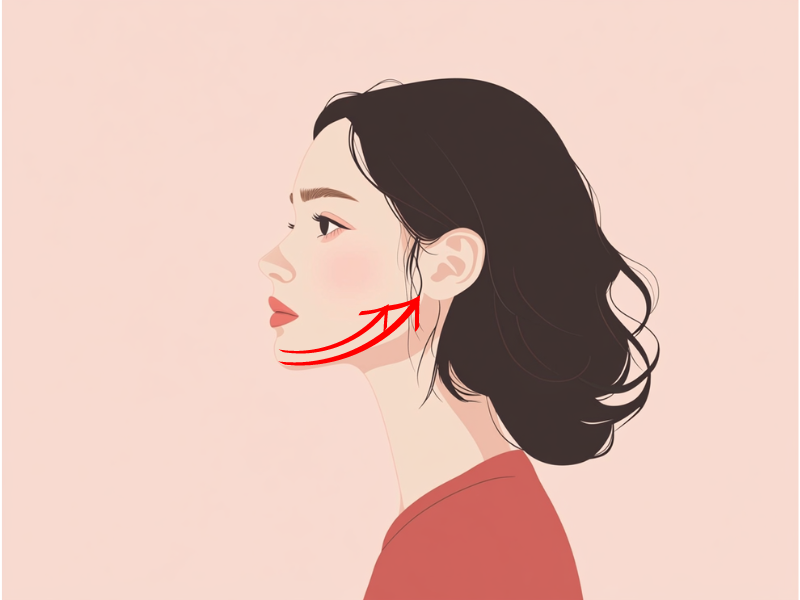
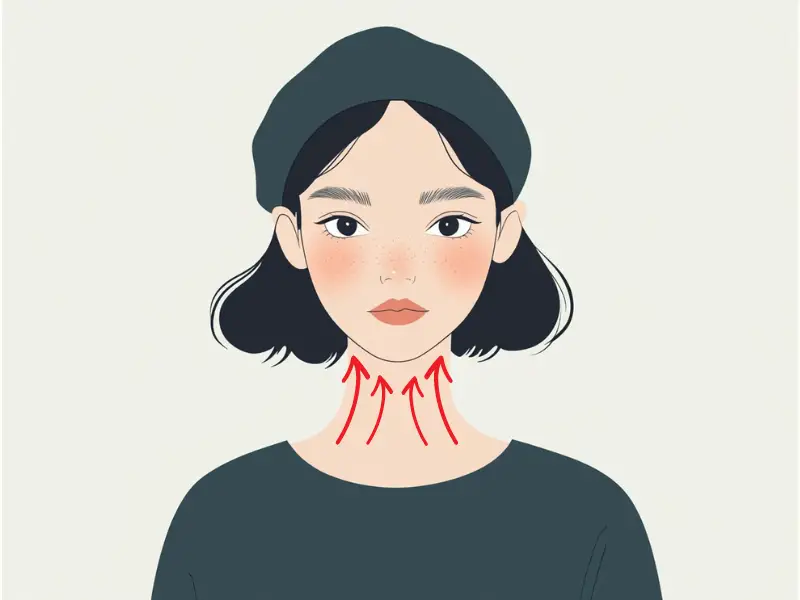
- Why it works: The smooth ceramic surface reduces friction, allowing for controlled pressure without irritating the skin.
2. Porcelain Teacup
A porcelain teacup, especially one with a rounded lip, can serve as an effective gua sha tool substitute. Its curved edge makes it suitable for treating larger areas as well as more delicate zones like the face.
- How to use: Grip the teacup by its handle and use the lip to scrape the skin in long, upward strokes. This technique is particularly good for facial gua sha, including the jawline, cheekbones, and forehead.
- Why it works: The rounded lip of the teacup mimics the curved surface of traditional gua sha tools, providing even pressure while gently gliding over the skin.
3. Jar Lid
A glass jar lid can be an excellent option for covering larger areas of the body, such as the back, thighs, or arms. Its wide, smooth surface helps spread pressure over a large area, making it effective for deep tissue relief.
- How to use: Select a jar lid with a rounded edge to avoid skin irritation. Apply oil or lotion to the target area, then hold the lid and use long, sweeping strokes. This method works well for deep muscle massage and promoting blood circulation.
- Example stroke: For the back, apply oil and use the jar lid to scrape in long strokes from the lower back upwards toward the shoulders. For the thighs, scrape from the knee upwards toward the hip in firm strokes to stimulate blood flow.
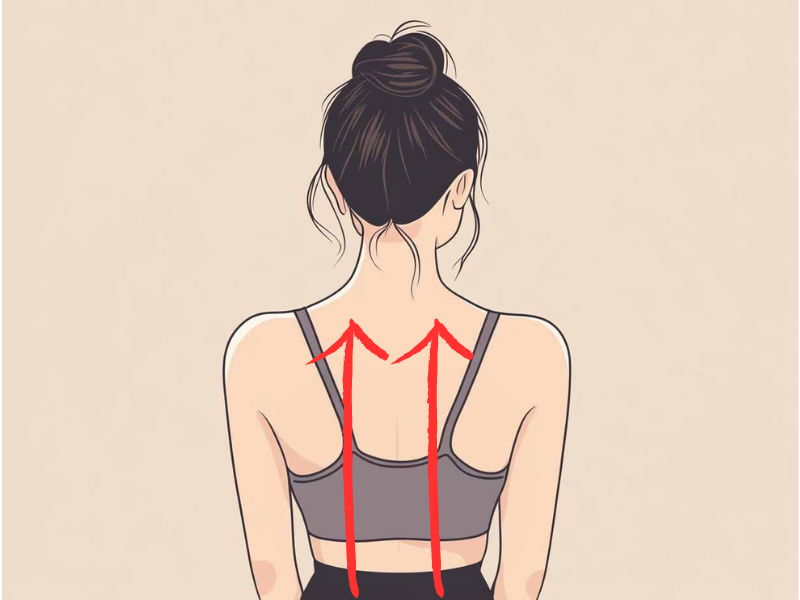
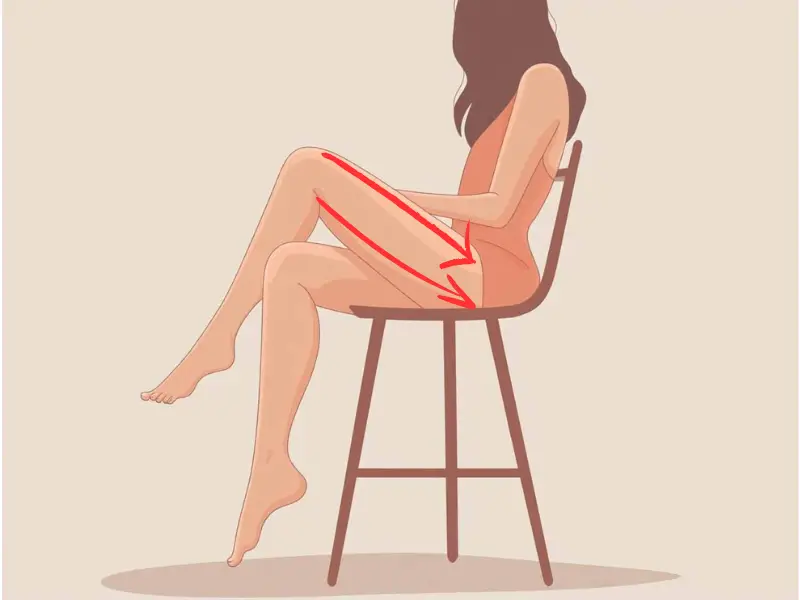
- Why it works: The broad surface of a jar lid covers large areas efficiently, allowing you to target muscles with consistent pressure.
4. Smooth Edge of a Butter Knife
A butter knife can serve as a convenient gua sha substitute as long as it’s used carefully. Opt for a non-serrated knife to ensure the edge is smooth and won’t harm the skin.
- How to use: Gently glide the smooth edge of the butter knife over your skin, using light to medium pressure. Always apply oil before starting, and focus on using gentle, even strokes. Be cautious, especially when using this tool on sensitive areas like the face.
- Why it works: The narrow edge of the knife allows for precision in targeting smaller or more specific areas, such as along the jawline or spine.
5. Edge of a Silicone Spatula
A silicone spatula provides a softer, more flexible option for gua sha. Its gentle, pliable edge makes it ideal for beginners or those with sensitive skin.
- How to use: Hold the spatula by the handle and use the flat, flexible edge to perform long strokes along the skin. This works particularly well for areas like the face, neck, and décolletage.
- Why it works: Silicone’s soft texture reduces the risk of skin irritation and bruising, making it an excellent choice for those looking for a gentle alternative to harder tools.
6. Plastic Card (Credit or Gift Card)
A plastic card, such as a credit or gift card, can easily substitute for a gua sha tool. The flat, hard edge of the card is perfect for stimulating circulation and releasing muscle tension.
- How to use: After applying oil, hold the card at a slight angle and use firm, upward strokes on the targeted area. It works well on larger body parts like the back, legs, and arms, though it can also be used gently on the face.
- Example stroke: For the arms, start at the wrist and stroke upwards toward the shoulder in long, sweeping motions. For the legs, stroke upwards from the ankle toward the knee in firm strokes to promote circulation and reduce muscle stiffness.
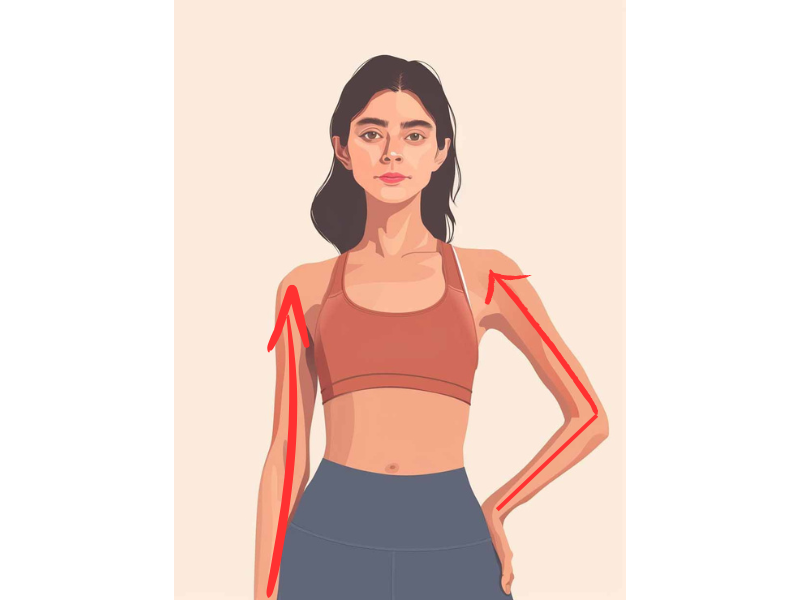
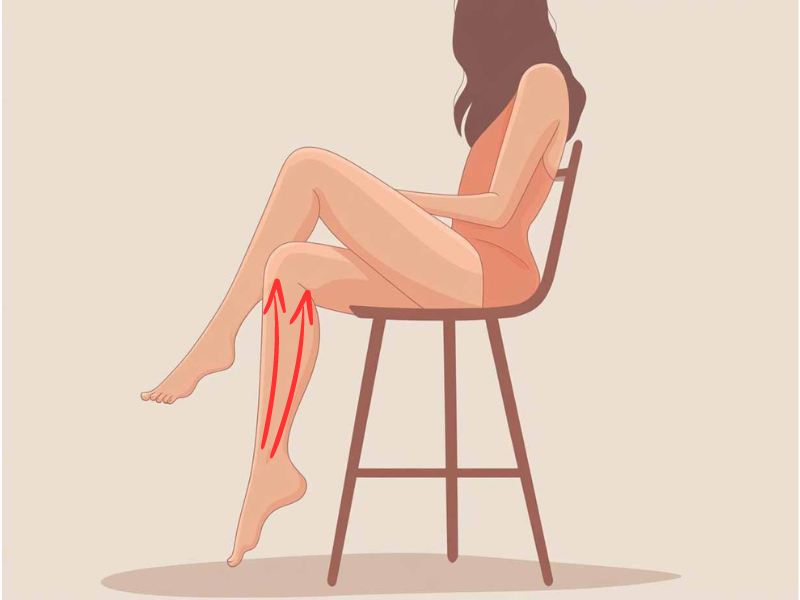
- Why it works: The rigid, smooth edge of a plastic card provides the friction necessary for gua sha, while its flat design allows for flexibility when treating different areas.
Common Mistakes When Using Alternative Tools for Gua Sha
While using alternative tools can be effective, it’s essential to avoid certain mistakes to protect your skin and ensure you get the most out of your gua sha session:
Ms. Mai Sogawa emphasizes, “If you feel pain, tingling, or if your skin becomes red, the pressure or friction is too strong. Since skin sensitivity varies, if redness occurs, reduce the pressure or decrease the number of strokes.”
- Choosing rough or sharp edges: Many household objects may have uneven, rough, or sharp edges, which can irritate or even cut the skin. Always ensure the tool you use has a smooth, rounded edge to avoid injury.
- Using unhygienic tools: Unlike gua sha tools, household items are not specifically designed for skin care, so it’s crucial to thoroughly clean them before and after use to prevent introducing bacteria to your skin.
- Applying too much pressure: Household items like metal utensils or jar lids can easily lead to excessive pressure, as they don’t offer the natural give that materials like jade or quartz provide. Use gentle pressure to avoid bruising or scraping the skin too harshly.
- Neglecting the skin’s natural contours: Household items may not follow the body’s curves as precisely as traditional gua sha tools. This can make it difficult to maintain even pressure across the skin, so pay extra attention to how the tool moves along the natural contours of your face and body.
- Forgetting to lubricate the skin: When using alternative tools, it’s even more important to apply enough oil or lotion to reduce friction. This prevents irritation and allows the tool to glide smoothly over your skin.
- Overworking sensitive areas: Without the precision of a traditional gua sha tool, it’s easy to overwork delicate areas, especially on the face or neck. Be mindful of the amount of time you spend on each area and avoid prolonged scraping in the same spot to prevent skin damage.
By understanding these common mistakes and using household items carefully, you can safely perform gua sha without a traditional tool. Always remember to use smooth, clean alternatives and apply proper pressure for the best results.

Try our Anti-Aging Gua Sha Tool designed to bring out your skin’s natural glow.
Best Gua Sha Product- Anti-Aging: The tool is designed to target 11 specific aging signs such as wrinkles and sagging skin. By following the 7-step routine, users can improve skin firmness and reduce fine lines naturally.
- Enhances Skincare Routine: It works effectively with serums and lotions, boosting absorption and efficacy of skincare products.
- Visible Skin Improvement: Users can expect a smoother complexion, reduced puffiness, and a more youthful appearance.
 P. Sze
P. Sze 
















